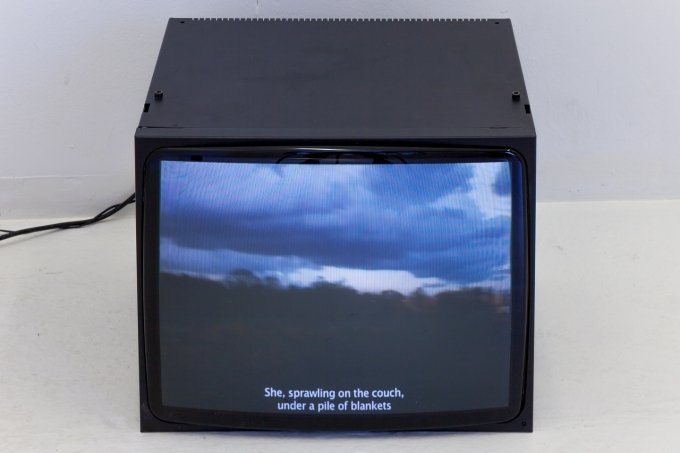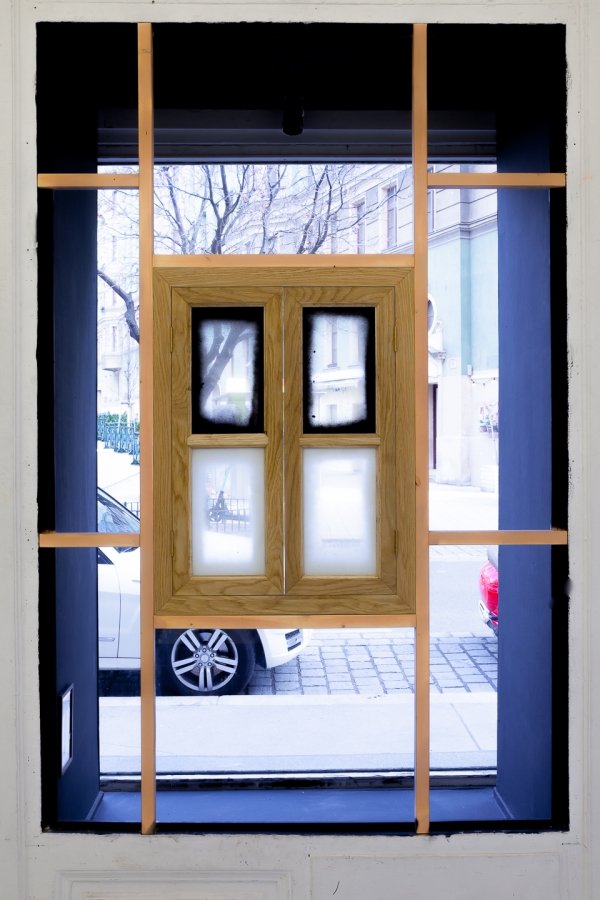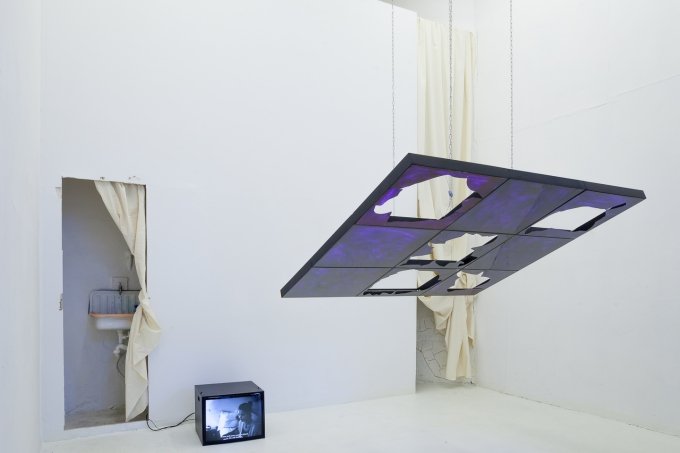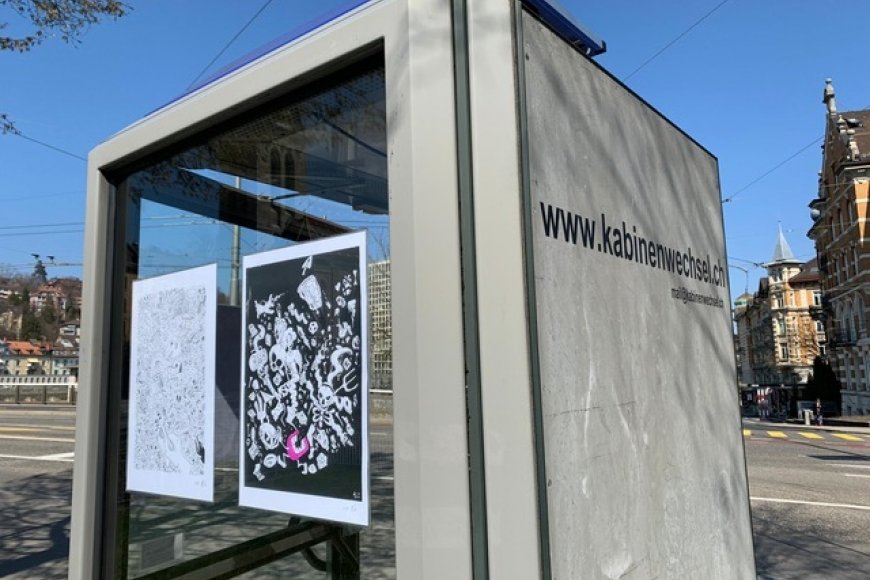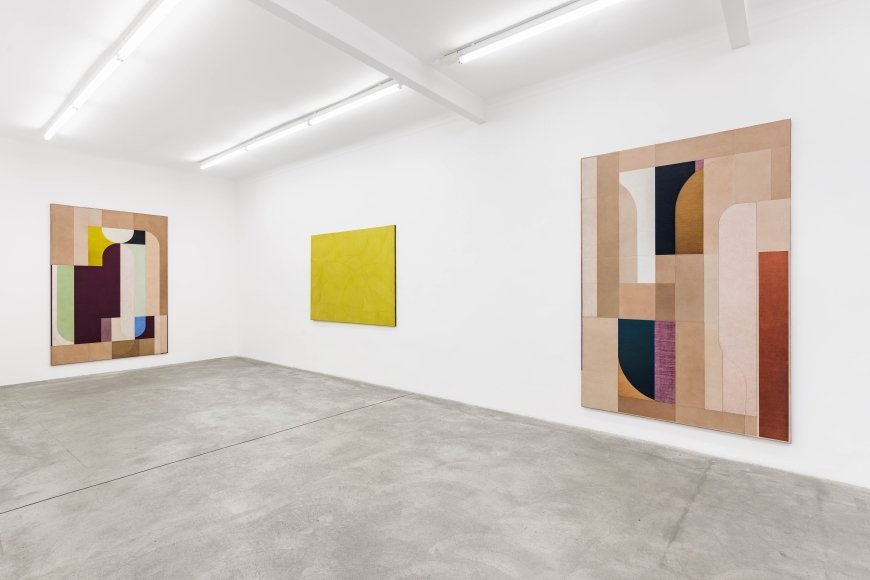Gallery Diary - Georg Kargl | Antoine Donzeaud
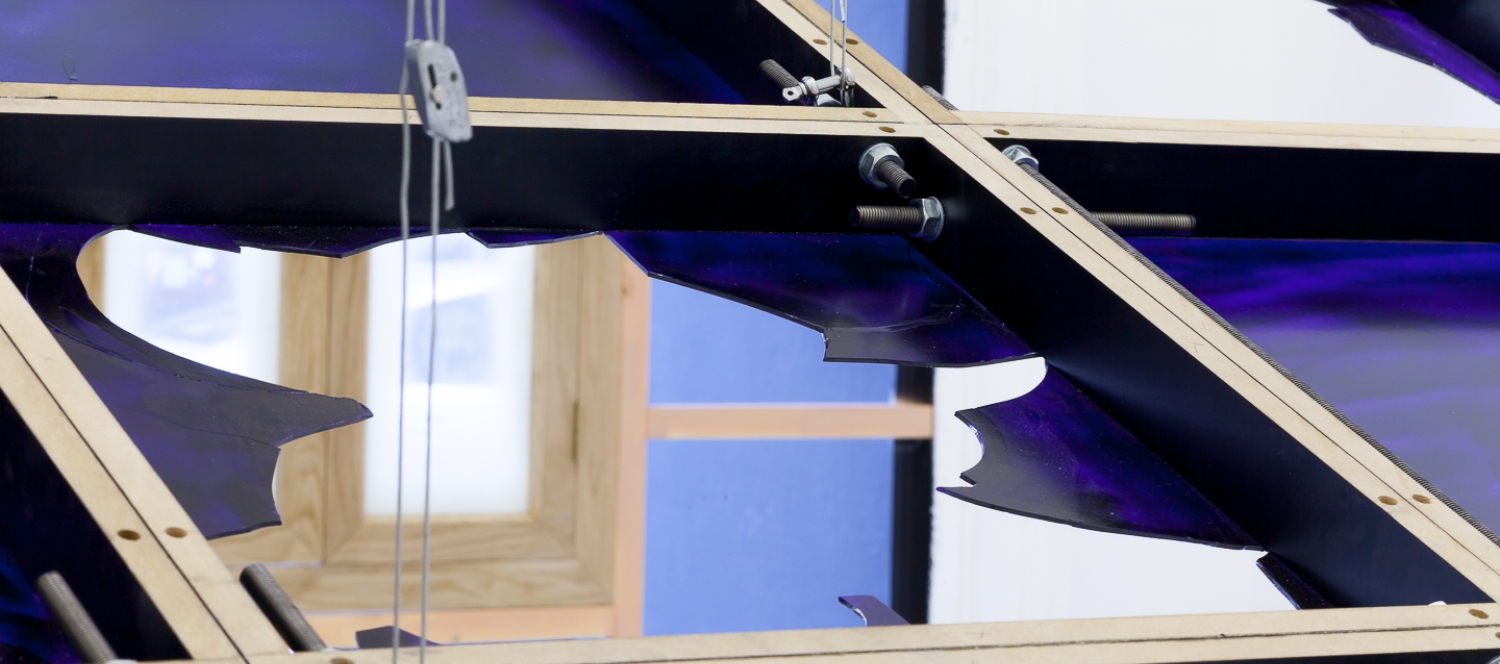
Die aktuelle Situation bedeutet eine enorme Belastung für die Kultur- und Kreativwirtschaft und auch für uns als Kunstmagazin. In dieser Zeit wollen wir unseren Beitrag leisten und geben Ihnen täglich Einblicke in die Ausstellungen der Galerien mit eingeschränkten Öffnungszeiten.
Für das Georg Kargl Permanent hat der französische Künstler Antoine Donzeaud kuratiert von Alexandra-Maria Toth eine Installation entwickelt, die die Symbolik des Fensters erkundet. Die Kuratorin schreibt dazu:
"All works of art are like a window open to creation; a kind of transparent screen is mounted in the window frame; through this screen, objects appear more or less distorted, as they undergo greater or smaller changes in their lines and colors. These changes depend on the nature of the screen; thus, creation is no longer credible or realistic, as creation is transformed by the medium through which the image passes(1). In Salinger’s Teen Novel, Zooey(2) looks out the window and watches a little girl playing with her dog. He says: "There are nice things in this world, we are all such morons to get so sidetracked". The window appears as a vantage point to gaze into other people’s (beautiful) lives. In Emma’s(3) house, the window is tantamount to a screen, where she can project her fantasies (which shall never turn into reality); a dissociation; a tie between the external space and the interior space; two sides; two perspectives; a facial expression reflects in the window glass, while a view outside turns into an expectation; "There it was before her – life". To the Lighthouse(4); a family observes as the days pass and their lives develop through a window; outside the window; a distant object – apparently unobtainable, reveals yearnings, frustrations and desires; the sun sets; days go by; images, impressions and sentiments remain as fragments of the past and sometimes the present. There is no window without a story; for the window is an architectural work of art, that stores memories and tells different sides of one particular story. There is no window without a screen; a certain gaze or a plain glass is always in between; a created separation; as time passes, the window becomes a symbol for contemporary longings and memories of past days; a cracked screen; a broken window; capable to reveal one’s inner feelings; sometimes hidden behind a bunch of curtains, that once belonged to a (familiar) home." (Alexandra-Maria Toth)
1 cf. Naomi Schor (1969): Zola: from window to window.
2 cf. J.D Salinger (1961): Franny and Zooey.
3 cf. Gustave Flaubert (1856): Madame Bovary.
4 cf. Virginia Woolf (1927) To the Lighthouse.

